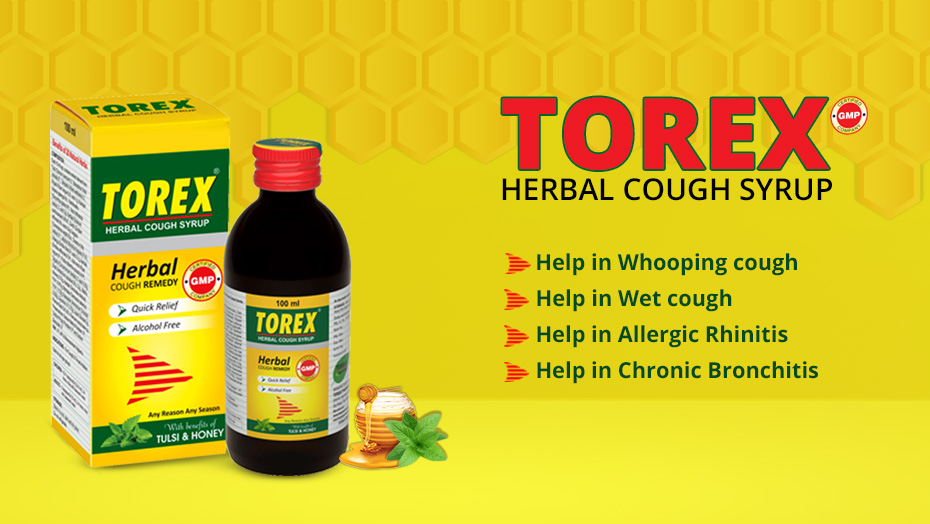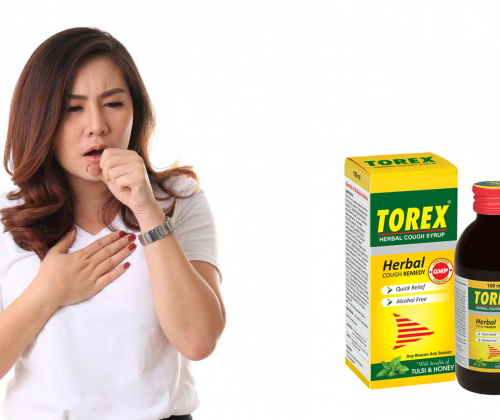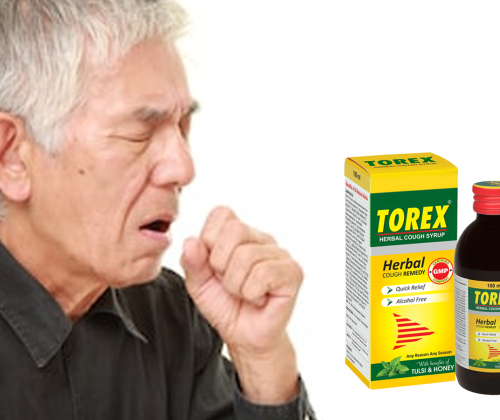

What do you need to know about whooping cough?
It is pretty natural for people of all ages to suffer from different types of health ailments from time to time. This also includes small children and babies. There are several reasons and factors for children and adults contracting various diseases. One such problem faced is whooping cough.
What is whooping cough?
This type of cough is also referred to as pertussis and is a contagious disease caused by the bacterium Bordetella pertussis. It is also known as ‘100 days’ cough’ in some countries. This condition derives its name from a unique hacking cough, followed by high-pitched air made by the person to gasp for air. It sounds similar to a ‘whoop’. Every 2 to 5 years witnessed peak periods, with 93% of all cases involving children under ten years of age. Experts believe that the actual number of incidences is unknown, as many parents did not report this incident.
It was only during the late 1940s that vaccines were introduced to effectively treat whooping cough in a child. It is also considered one of the leading causes of childhood illnesses and death across the globe. With the introduction of the vaccination program, the number of children suffering from whooping cough declined gradually by the mid-1980s.
But it only seems to have raised its head once again to torment children the world over. The reason cited for the same is that people are not vaccinated due to preference and incomplete vaccine coverage. In recent years, significant outbreaks have been reported in several countries and at an alarming rate since 2010, reporting over 100+ deaths. It also affects adolescents with waning immunity levels.
Know the Symptoms
The symptoms of this painful ailment generally after the patient get infected with Bordetella pertussis, just after 6 to 20 days. Pertussis is reported to have an incubation period of about 6-20 days.
The patient gets sick, which begins with mild symptoms, and it only worsens with time before it improves. Pertussis initial symptoms and signs noticed are similar to the common cold.
Initial symptoms experienced
- Diarrhoea (Sometimes)
- Watery eyes
- Sore throat
- Runny nose
- Mild fever
- Malaise (general feeling of being unwell)
- Irritating, dry cough
- Blocked nose
During the initial week of contracting this ailment, the above symptoms and signs are experienced. But as the days pass by, it only becomes more severe.
Later (paroxysmal) symptoms.
The 2nd (paroxysmal) stage includes the following symptoms:
- Severe coughing bouts: Bouts might last for several minutes. Each bout could come relatively soon once the last cluster bout is experienced, lasting several minutes. Typically, the patient may suffer from 10 to 15 bouts daily.
- When experiencing bouts of coughing, patients are likely to gasp for air in-between the coughs. Moreover, after completing about, the patient will likely produce a ‘whoop’ sound. Babies and young children might gasp, gag or stop breathing, but temporarily.
- The patient may start vomiting after a bout of coughing. Babies and young children are more prone to this symptom.
- Young children might experience cyanosis (blue colour appearing on the face) when having a coughing bout. Parents are likely to get panic with this symptom. But experts consider it not to be as bad as it appears to be. Patients are likely to breathe normally quite soon.
- Whooping cough, in rare cases, might cause unexpected sudden deaths involving babies.
- Teenagers and adults also experience paroxysmal symptoms of whooping cough. However, it is less severe when compared to the ones experienced by young children and babies. It is pretty similar to bronchitis-related symptoms.
5 Things to know about whooping cough and stay safe
- Pertussis produces a unique ‘whooping’ sound while completing a coughing bout, thus deriving its name. Generally, pertussis is said to begin with typical cold-type symptoms. It is only after a couple of weeks that it gets diagnosed as illnesses progress into the 2nd stage from mild cough. It involves rapid, persistent coughing spells. It is referred to as the ‘paroxysmal stage’. The patient suffers from violent coughing spasms in this stage, leading to vomiting and whooping sound. They may experience it several times a day or even a few times in an hour. Things become worse at night, leading to problems in sleeping. It might last about three months.
- Pertussis not only occurs in children but also in all ages. Babies can derive short-term protection from their pregnant mothers with Tdap booster (tetanus, diphtheria, pertussis) taken during pregnancy. After birth, children can develop their immunity. DTaP vaccination of 5 doses is given to children (diphtheria, tetanus, acellular pertussis) to enhance protection in babies. Two months old babies are recommended to avail of the first dosage. As per CDC reports, approximately around half of 12 months and younger babies are reported to get hospitalized. Babies may also develop other complications like heart failure, dehydration, and pneumonia. Even if vaccinated, adults may run the risk of contracting this ailment. Weakening immunity is cited as the main reason. You can take ayurvedic medicine for the chronic cough to get proper treatment and increase your immunity level.
- Vaccinated people could be carriers: Experts consider pertussis a highly contagious respiratory infectious disease. It can spread quickly as the patient sneezes or coughs. But most patients might not be aware of their symptoms and spread it among others unknowingly. With proper vaccination, such illnesses can be kept at bay. However, those immune to this disease might still spread it among others with less immunity. Infected people are likely to spread among those under the same roof and are not vaccinated. People not having vaccinated with Tdap or DTap are likely to be infected fast with exposure.
- Whooping cough cannot be treated with regular cough medications. You cannot rely on those cough therapy or suppressants quickly found over the counter. The symptoms of this ailment are likely to resolve gradually after 3-6 months. Pertussis is better treated with antibiotics. But you need to consult a good doctor at the earliest to diagnose your problems. You can get early, correct treatment to reduce the duration and severity of the ailment. It also helps to reduce the risks involved with spreading this infection to other people around, including your family. It will not be helpful to get treatment after three weeks of getting contaminated with this ailment. The reason cited is that bacteria get eliminated from your body, but you may still experience its symptoms.
- Pertussis can be managed by taking several steps and reducing the risks of spreading, among others. It would help if you took what is prescribed by your doctor regularly and on time. Remove all irritants from your home which might trigger coughing like chemical fumes, dust, smoke, etc. Use a cool, clean mist vaporizer to soothe a cough, loosen secretions and practice Handwash habits. Consume plenty of fluids like soups, juices, and water, combined with fruits. This helps prevent dehydration.
Pertussis tends to peak during the fall and summer months. You can keep it at bay by Torex Cough Syrup.


